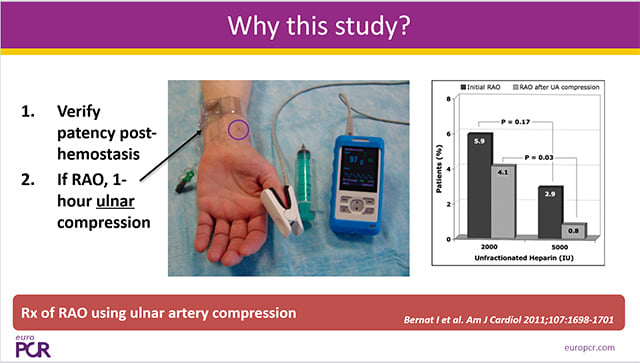952 results
How imaging can help us in recognising the problem and identifying the solution?
20 May 2025 – From EuroPCR 2025
This session delves into the pivotal role of imaging in the cath lab for identifying rare and complex coronary artery conditions. Explore cases ranging from honeycomb coronary artery to acute coronary syndrome guided by intravascular imaging, and learn how reflected light and calcium changes help diagnose...

Best companion's cases on imaging for calcified lesions
20 May 2025 – From EuroPCR 2025
Join this session to explore cutting-edge imaging-guided strategies for treating calcified coronary lesions. Featuring OCT guidance, CT density analysis, and innovative zero-contrast PCI approaches including lithotripsy, this session highlights novel and ultra-low contrast interventions tailored for complex calcified cases and kidney failure patients.
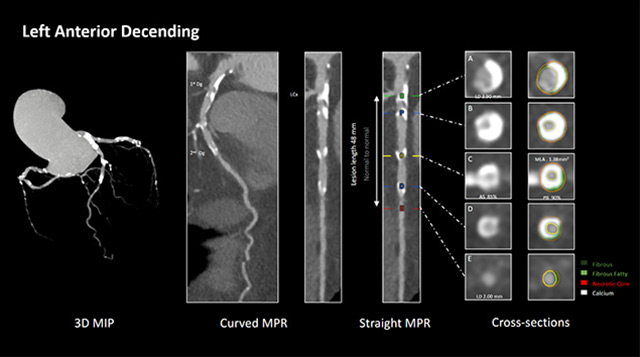
Cardiogenic shock and high-risk interventions with percutaneous mechanical circulatory support: new evidence and insights
20 May 2025 – From EuroPCR 2025
This EuroPCR 2025 session offers a comprehensive update on cardiogenic shock and high-risk PCI, featuring expert analysis of the DanGer-SHOCK and ECLS-SHOCK trials, new insights one year after DanGer-SHOCK, and practical considerations for managing PCI in patients with severely reduced LVEF. Expect to gain a deeper...

Contemporary challenges in acute coronary syndromes
20 May 2025 – From EuroPCR 2025
Examine contemporary challenges in acute coronary syndromes (ACS) through recent trials and studies. Topics include long-term outcomes of deferred stenting, thrombectomy techniques, PCI in cardiogenic shock, and revascularisation strategies, providing a comprehensive update for clinical practice.
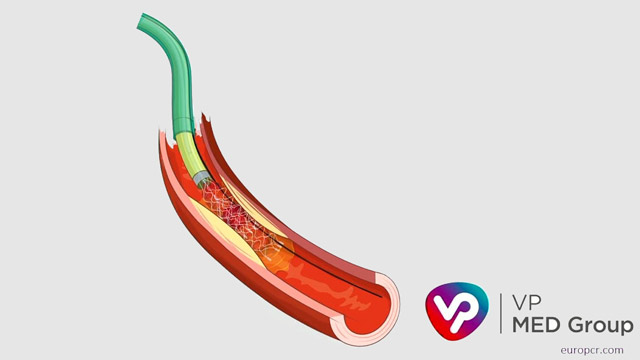
Complex calcified lesions: combination of intravascular imaging and orbital atherectomy for optimal outcomes
20 May 2025 – From EuroPCR 2025
In this EuroPCR 2025 session on complex calcified coronary lesions, follow a step-by-step analysis of a recorded case structured in three key phases: lesion assessment with OCT, PCI using orbital atherectomy, and post-PCI optimisation with follow-up OCT imaging. Gain valuable insights into managing severely calcified lesions,...
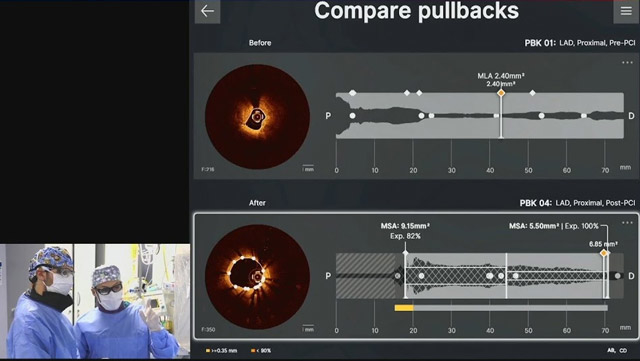
PCR's Got Talent Round 1 - Session 1
20 May 2025 – From EuroPCR 2025
Experience a diverse range of cutting-edge interventional cardiology topics in PCR's Got Talent Round 1. This session features presentations on PFO closure outcomes, plaque morphology, vascular injury treatments, microvascular disease assessment, TAVI-related coronary obstruction prediction, novel FFR surrogates, and more.
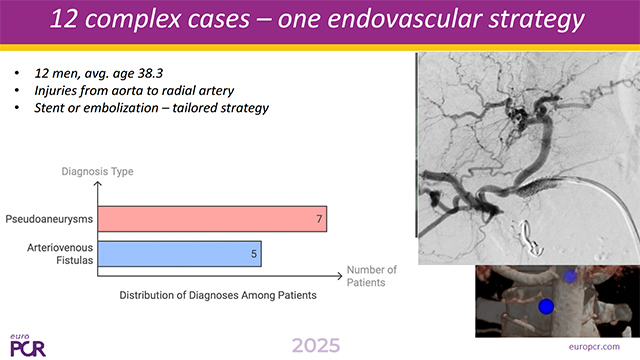
From imaging to intervention: cutting-edge solutions for calcified coronary stenoses management
20 May 2025 – From EuroPCR 2025
Watch this EuroPCR 2025 session on managing calcified coronary stenoses, featuring a recorded live case, two focused lectures, and expert faculty insights. Learn why intravascular ultrasound (IVUS) is essential for assessing lesion severity and morphology, discover how selecting the right calcium modification tools drives procedural success...
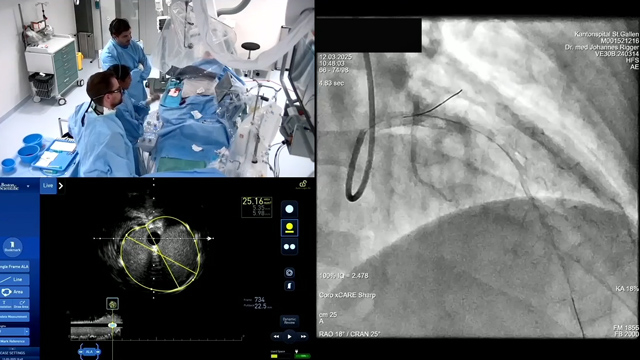
Full physiology: why and how to assess beyond coronary epicardial disease
20 May 2025 – From EuroPCR 2025
Understanding full coronary physiology is key to improving patient care. This EuroPCR 2025 session unpacks the concept and shows how to apply it easily in everyday clinical settings. Explore the latest ESC guidelines for managing patients with angina and no obstructive coronary artery disease (ANOCA), supported...
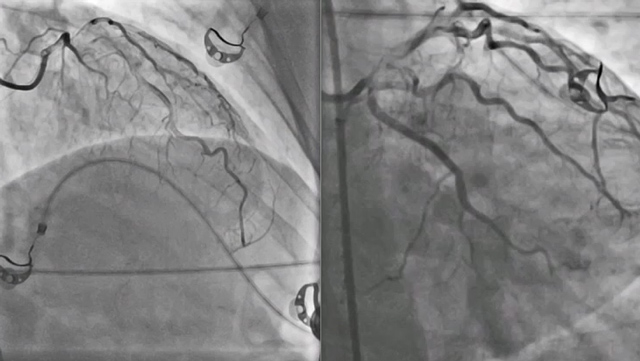
Personalised Vascular Care Award - Competition
20 May 2025 – From EuroPCR 2025
Celebrate innovation in personalised vascular care through this award competition session. Presentations cover topics including coronary revascularisation decision-making, INOCA prevalence, endothelial shear stress, bifurcation stenting predictors, CT plaque analysis, and early STEMI discharge protocols.

What is new in radial access in 2025
20 May 2025 – From EuroPCR 2025
Explore the latest developments in radial access for PCI as of 2025. Topics include distal versus conventional transradial access, techniques to reduce forearm complications, sheathless approaches, dual artery compression methods, and feasibility in high bleeding risk patients.
